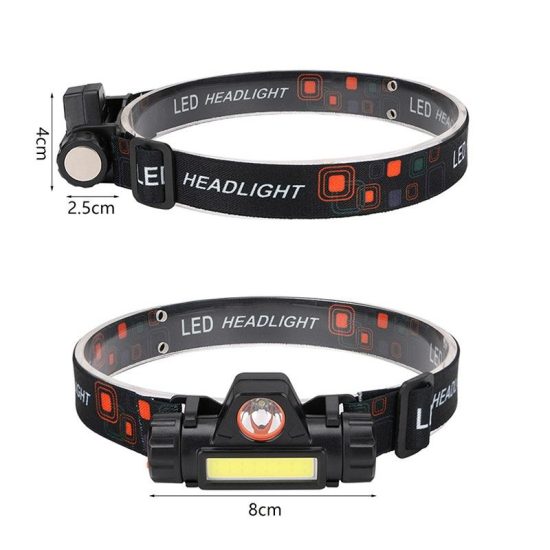Absolutely, I’d be happy to provide a comprehensive guide to flashlights! Here’s a breakdown of different aspects to consider when choosing a flashlight:
1. Types of flashlights:
A. Handheld flashlights:
Standard flashlights: Basic, portable flashlights.
Tactical flashlights: Durable, often used in military or law enforcement.
Edc (everyday carry) flashlights: Compact and easy to carry in pockets.
Keychain flashlights: Tiny, attachable to keychains for convenience.
Headlamps: Strap-on lights for hands-free use during activities like hiking, running, or working.
B. Specialty flashlights:
Lanterns: Emit light in multiple directions, great for camping or power outages.
Dive lights: Waterproof and designed for underwater use.
Uv lights: Emit ultraviolet light for specific applications like detecting stains or checking currency.
2. Key features:
A. Brightness:
Measured in lumens. Higher lumens mean brighter light.
Consider the needed brightness for your specific use.
B. Beam distance:
The distance the light travels before it diminishes.
Important for outdoor or search operations.
C. Battery type:
Disposable: (aa, aaa, etc.) convenient but may need frequent replacements.
Rechargeable: Often cost-effective in the long run but require charging.
D. Battery life:
Longevity of the flashlight on a single set of batteries or charge.
High lumens often drain batteries faster.
E. Durability and water resistance:
Ratings like ipx4, ipx7, etc., denote water resistance levels.
Impact resistance measures its ability to withstand drops.
3. Additional considerations:
A. Size and weight:
Influences portability and ease of use.
Consider the balance between power and portability.
B. User interface:
Check for ease of use, multiple modes (high, low, strobe), and switching mechanisms.
C. Brand and price:
Established brands often provide better quality but may be more expensive.
Assess the balance between budget and quality.
D. Special features:
Adjustable focus, multiple lighting modes, sos function, and strobe features.
4. Choosing the right flashlight for specific uses:
Everyday use: Edc or handheld flashlights with moderate lumens.
Outdoor activities: Consider higher lumens, longer beam distances, and durability.
Emergency preparedness: Long battery life, reliable, and possibly a lantern for broader coverage.
5. Maintenance and care:
Regularly check and clean battery compartments.
Lubricate o-rings to maintain water resistance.
Store flashlights in a dry place.
When selecting a flashlight, always consider your specific needs and how you intend to use it. It’s also essential to read reviews and compare different models before making a purchase to ensure you get the best one for your requirements.


